By Franz-Stefan Gady
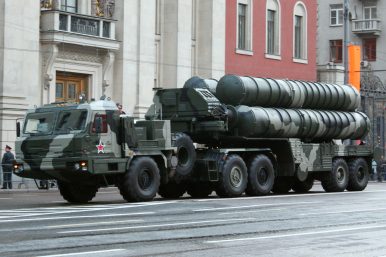 The final version of the U.S. National Defense Authorization Act (NDAA), a compromise between the House and Senate versions of the defense bill, will grant the Trump administration authority to waive mandatory sanctions on countries under the Countering America’s Adversaries Through Sanctions Act (CAATSA) for purchasing Russian military equipment.
The final version of the U.S. National Defense Authorization Act (NDAA), a compromise between the House and Senate versions of the defense bill, will grant the Trump administration authority to waive mandatory sanctions on countries under the Countering America’s Adversaries Through Sanctions Act (CAATSA) for purchasing Russian military equipment.
The NDAA “Provides flexibility for strategic partners and allies to move away from the use of Russian military equipment to American equipment, while ensuring that U.S. defense and security interests remain protected, through a modified waiver under [CAATSA],” the NDAA Conference Report, published on July 23, reads.
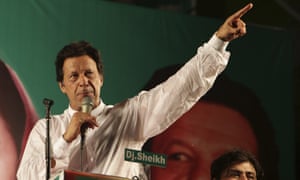



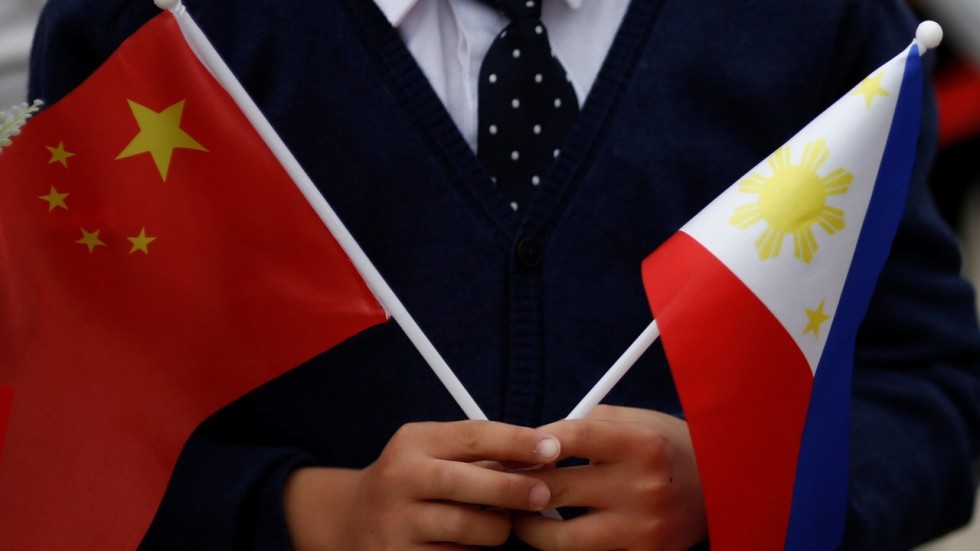
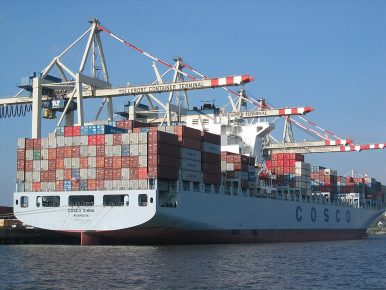
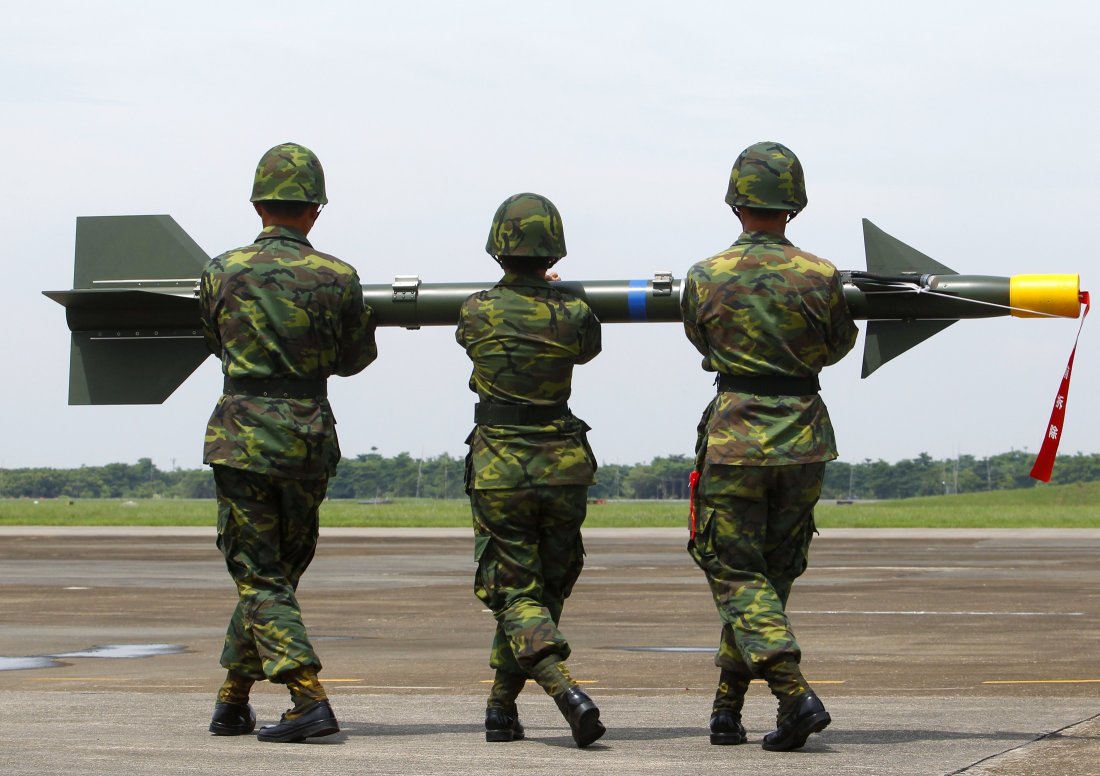


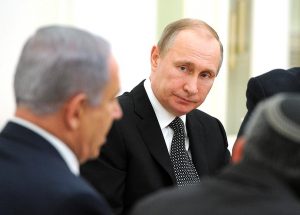





/arc-anglerfish-arc2-prod-mco.s3.amazonaws.com/public/5VGD2ORE6ZESRKRYYJ75CLBADA.jpg)
/arc-anglerfish-arc2-prod-mco.s3.amazonaws.com/public/5I3ASXRSB5HENNOS5Z3FWUTEZU.jpg)

